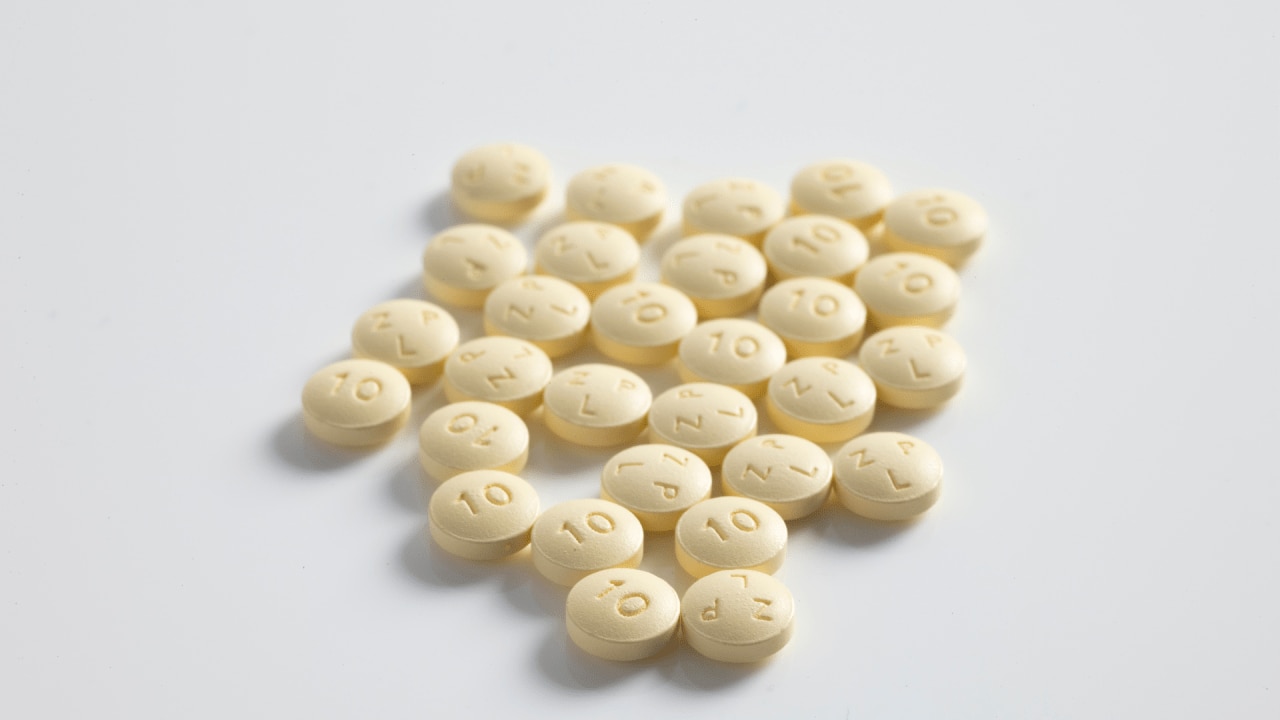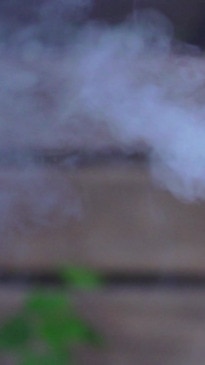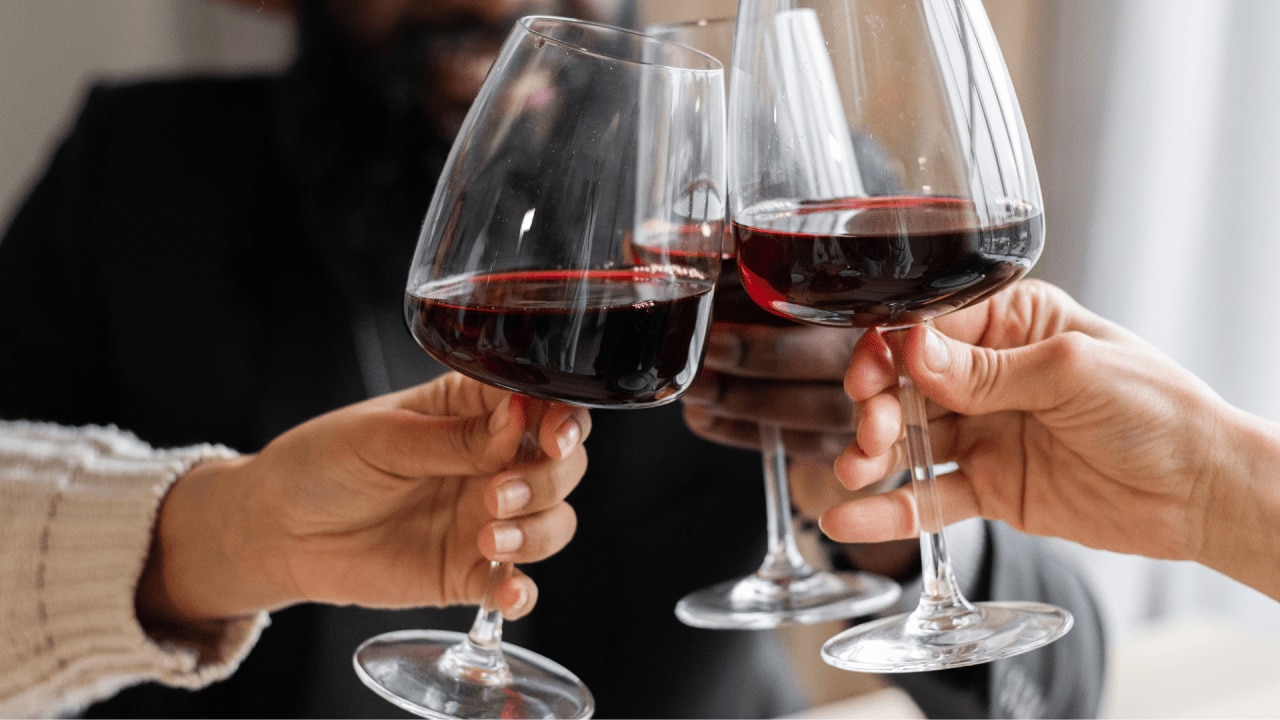
Strong opioids are being mixed into drugs to create deadly substances in Australia. Here’s what to look out for.
A deadly synthetic drug posing as cocaine has reached Australia, killing one person and causing several hospitalisations in Sydney over the past week.
Dubbed ‘Frankenstein opioids’, the drugs are comprised of a potent cocktail of substances but are being sold to unsuspecting buyers as cocaine and ketamine. Due to the combination of substances, people are unable to manage their dosage of the high-strength opioids, causing unsuspecting buyers to overdose.

Like what you see? Sign up to our bodyandsoul.com.au newsletter for more stories like this.
Frankenstein opioids were first detected in the United States last year, causing deadly consequences in several states, according to the Centre of Diseases and Control.
They are characterised by the combination of a drug, like cocaine, heroin, Xanax and oxycodone, a strong and highly addictive pain medication, along with a cheap, synthetic opioid.
Similar concoctions have been seen on the streets, but are often combined with heroin or fentanyl. However, according to the Daily Telegraph, these Frankenstein opioids are even stronger, and deemed “more dangerous than fentanyl, and up to 200 times more potent than morphine.”
Reportedly, the drugs, which are part of the nitazene family, are cheaper to produce than fentanyl (a powerful synthetic opioid) or heroin, which makes them an easy and low-cost substitute when producing the drugs.
As such, higher volumes of the potent drugs are likely in circulation, posing a risk not just for those in NSW, but around the rest of the country.
Late last week, NSW Health issued a warning for heroin overdoses, with NSW Poisons Information Centre Medical Director, Dr Darren Roberts, saying “We’ve seen heroin overdose among people using what they thought was cocaine. A heroin overdose could quickly result from snorting a single line.”
Fentanyl and heroin has been found cut into drugs in Australia before, with a health warning issued in NSW in November of 2020. However if the new data is to be believed, then these Frankenstein opioids pose an even greater risk than heroin or fentanyl.
“It’s important that people recognise the signs of an opioid overdose early and know how to respond,” Dr Roberts. “Opioids such as heroin can cause pin-point pupils, drowsiness, loss of consciousness, slowed breathing/snoring and skin turning blue/grey and can be life-threatening.”
“One of the dangers of illicit drug supply is the strength and contents of the substance you are getting is unknown and can be inconsistent. In light of this detection, people who use cocaine should also consider carrying naloxone” – a drug that can temporarily reverse opioid overdose.
Similarly, NSW Health states that “People who have never or rarely used opioids are at highest risk of overdose from these substances,” as they won’t know what effects to expect from consumption, or when it’s time to call an ambulance.
Risk of overdose is also increased by the use of other sedatives like alcohol, benzodiazepines, ketamine, GHB.
According to the World Health Organisation (WHO), “Opioid use can lead to death due to the effects of opioids on the part of the brain which regulates breathing”. Opioid overdoses can be characterised by the following three signs and symptoms:
- Pinpoint pupils
- Unconsciousness
- Difficulties with breathing.
“Anyone who has taken a stimulant drug, such as cocaine, and is experiencing unexpected symptoms, such as drowsiness, should call Triple Zero (‘000’) immediately or seek urgent medical attention. Naloxone should be given immediately if available,” says NSW Health. “It does not require a prescription and is free for anyone at risk of opioid overdose in NSW.”
While going to the hospital after taking drugs may be scary, the government body urges people to remember they won’t get in trouble for seeking medical care.
“If you feel unwell, or if your friend feels unwell, do something about it.”
